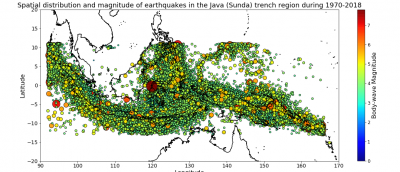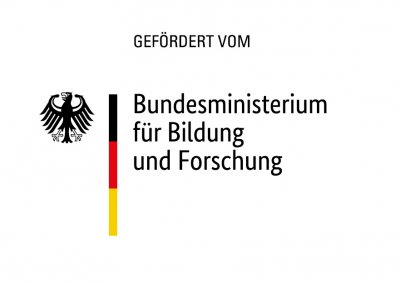SAI: Seismology and Artificial Intelligence

The Project
Among all forces of nature, earthquakes are considered one of the most devastating threats. They regularly cause enormous human and structural losses worldwide. Even though analysis and measurement methods have been continuously improved over the past decades, it is still not possible to make reliable predictions. While many indications of an increased earthquake probability are known, these do not allow for an exact prediction of the location and timing of catastrophic events.
The movement and interaction of the tectonic plates of the earth builds up stress in the earth's crust which can lead to cracks and deformations (so-called fault lines). If the tensions in such a fault become too strong, a sudden release of tensions occurs causing an earthquake. A promising method to get a better understanding of the stress build-up and the local fracture points of the fault is to analyze the time course of the seismic stresses of such an active fault. However, the analysis and interpretation of the abundant seismological data set is very time consuming and represents a herculean task. The implementation of artificial intelligence (AI) based on deep learning algorithms for earthquake analysis and prediction has outstanding potential to decipher the complex patterns in stress development.
In this project methods of AI are transferred to seismology. Machine Learning and Deep Learning approaches will be applied on earthquake data. For this purpose, new AI methods are developed, which can be used not only for the understanding of earthquakes but also for other natural disasters. The resulting know-how will also be used in teaching and research. Furthermore, it could be transferred to industrial applications.
Project leader
Dr. Nishtha Srivastava
Partner at FIAS
- Prof. Dr. Horst Stöcker
- Dr. Jan Steinheimer
- Dr. Kai Zhou
- Prof. Dr. Georg Rümpker
Funding
Guideline for the promotion of female AI junior scientists
The project is part of the BMBF guideline for the promotion of female AI junior scientists. The guideline for the promotion of young female AI researchers aims to increase the influence of women in AI research. Groups of young female scientists from the fields of computer science, mathematics, physics, linguistics, neurosciences, cognitive sciences, psychology or related disciplines are supported, including those working on an interdisciplinary basis. These groups should each have a proportion of women of over 60 per cent and be led by women - as well as conducting research on the following topics: Basics of AI, machine learning and speech, text and image processing.
